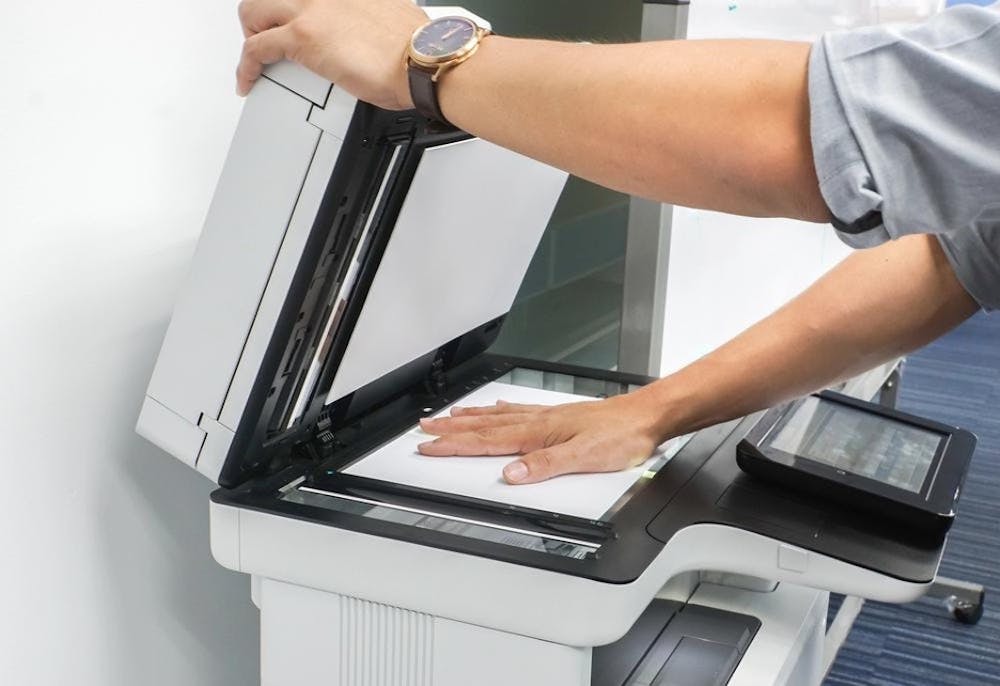Many professionals, students, and small company owners used to visit their local office supply store on a daily basis. Scanning documents, producing copies, and printing were all done at physical locations. However, the introduction of online scanning apps has significantly transformed the market. This essay delves into the evolution of these digital solutions and how they came to supplant traditional office stores.
The Early Days of Document Scanning
Prior to the digital revolution, scanning documents was a time-consuming operation that required enormous, expensive devices. These scanners were usually found in office supply businesses or corporate workplaces. Individuals and small businesses rely significantly on these stores for scanning services. The process was time-consuming, often necessitating a trip to the store, standing in line, and, in some cases, assistance from store employees.
The Growth of Personal Computers and Home Printers
The first important transition occurred in the late 1990s and early 2000s, when personal computers and home printers became widely available. Multifunctional printers with scanning capabilities made their way into homes and small offices. While this decreased the necessity for excursions to office stores, it did not eliminate them completely. Scanning remained a relatively hard task, necessitating specific software and a considerable amount of technical expertise.
The introduction of smartphones and mobile apps
The big game changer came with the introduction of smartphones and mobile apps. As smartphones grew more popular, developers saw an opportunity to take advantage of their strong cameras. Early scanning apps appeared in app stores, allowing users to take images of documents and convert them to PDF files. This innovation signaled the start of a significant shift in how people treated document scanning.
The Development of Scanning Applications
The first-generation scanning apps were simple yet groundbreaking. Apps such as CamScanner and Genius Scan allowed users to photograph papers, alter the borders, and improve the image quality in order to create a useful digital document. These programs were popular, especially among freelancers, students, and small business owners who wanted a quick and simple way to scan documents on the go.
Advanced Features and Cloud Integration.
As competition grew, scanning apps evolved to include increasingly advanced features. Optical Character Recognition (OCR) became a standard for converting scanned images into editable text. Cloud connection followed, allowing users to save documents straight to Google Drive, Dropbox, and OneDrive. This new level of convenience made documents not only easier to scan, but also easier to keep and share.
Security and Privacy Enhancements
Concerns about security and privacy grew in importance as digital document storage became increasingly common. Scanning apps responded by adding robust security features. End-to-end encryption, safe access restrictions, and adherence to data security rules were major selling features. Apps such as Adobe Scan and Microsoft Office Lens have led the way in providing enterprise-level security to all users.
Impact on Traditional Office Stores
The popularity of online scanning software has had a significant influence on traditional office establishments. The requirement for actual journeys to scan documents has greatly reduced, resulting in a decrease in foot traffic for these organizations. Many office supply stores have had to change their business models, focusing on selling office supplies and providing other services such as printing and shipping.
Some traditional office stores have adopted digital technologies as a survival strategy. To remain competitive, chains such as Staples and Office Depot have developed their own apps and online services. These apps frequently link with their in-store services, ensuring a consistent experience for clients who still prefer physical interaction.
Advantages of Online Scanning Apps: Convenience and Accessibility.
The key benefit of online scanning apps is convenience. Users can scan documents at any time and from any location, with no need for specific equipment. This accessibility has democratized document management, allowing anyone with a smartphone to handle their scanning requirements.
Cost-Effectiveness
Scanning apps are also cost-effective. While acquiring a multifunction printer is a big investment, many scanning apps are free or inexpensive. This low cost makes them an appealing option for individuals and small organizations trying to save money.
Environmental Impact
Scanning apps help to reduce the need for physical document storage and printing, which contributes to environmental sustainability. Digital documents reduce paper waste and the carbon footprint of transferring physical documents.
The Future Of Document Scanning
The future of document scanning promises to be much more integrated and intelligent. Advances in artificial intelligence and machine learning are projected to improve OCR capabilities, making data extraction and manipulation easier from scanned documents. Furthermore, as more firms embrace digital transformation, the demand for frictionless and secure document management solutions will increase.
Conclusion
The rise of online scanning tools has transformed how we manage documents, effectively replacing many of the tasks of traditional office shops. From the early days of bulky scanners to today's sophisticated, cloud-integrated apps, these digital solutions have made document scanning easier, more convenient, and safe. As technology advances, we may expect these apps to become even more integrated into our personal and professional life, reducing the importance of actual office stores in the process.


